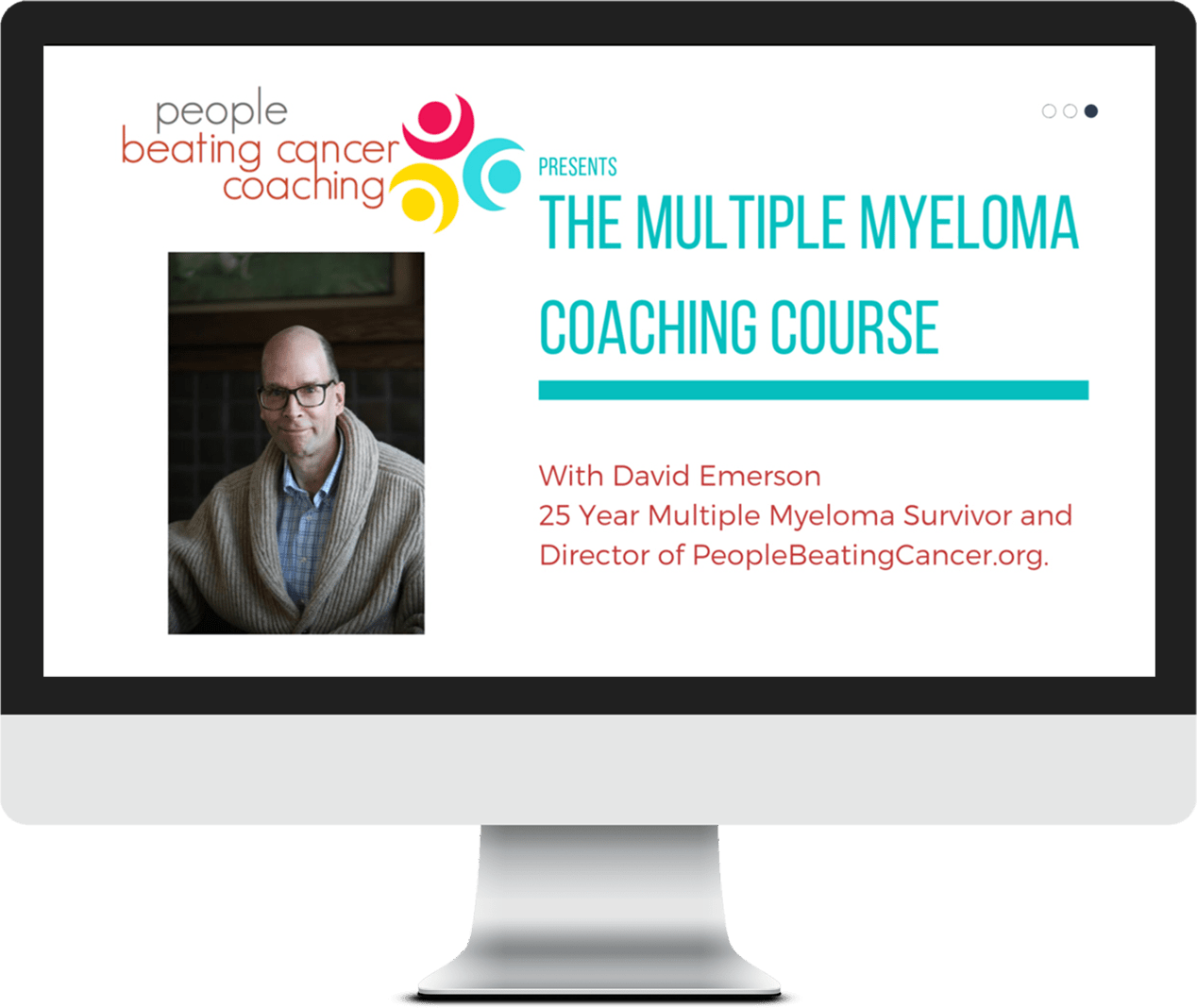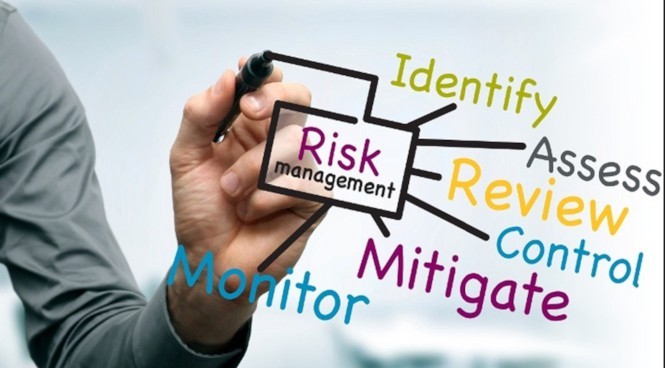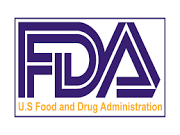
Recently Diagnosed or Relapsed? Stop Looking For a Miracle Cure, and Use Evidence-Based Therapies To Enhance Your Treatment and Prolong Your Remission
Multiple Myeloma an incurable disease, but I have spent the last 25 years in remission using a blend of conventional oncology and evidence-based nutrition, supplementation, and lifestyle therapies from peer-reviewed studies that your oncologist probably hasn't told you about.
Click the orange button to the right to learn more about what you can start doing today.
- You are here:
- Home »
- Blog »
- Multiple Myeloma »
- Myeloma Risk Stratification
Myeloma Risk Stratification

Myeloma risk stratification is… complicated in my experience as a MM survivor. But I have to say that risk is everything in the diagnosis and treatment of multiple myeloma. Importantly, the post outlines the risk of a newly diagnosed myeloma patient more specifically than
- Average
- High-risk
Unfortunately, conventional oncology prescribes one basic standard-of-care for all newly diagnosed multiple myeloma patients who are transplant eligible.
Risk stratification in the context of multiple myeloma refers to the process of categorizing patients with this type of cancer into different risk groups based on various clinical and biological factors. The goal of risk stratification is to help healthcare providers make more informed decisions about treatment plans and to predict the likely course of the disease for a specific individual.
In multiple myeloma, risk factors can include:
- Cytogenetic Abnormalities: This refers to changes in the genetic material of the cancer cells. Certain abnormalities are associated with a more aggressive form of the disease.
- Biomarkers: These are specific molecules or substances that can be measured in the blood or urine and can provide information about the behavior of the cancer cells. For example, high levels of certain proteins (like beta-2 microglobulin) or genetic markers can indicate a higher risk.
- Clinical Characteristics: This includes factors like age, overall health, and the presence of other medical conditions that may affect the course and treatment of multiple myeloma.
- Response to Initial Treatment: How well a patient responds to their initial treatment can also be used to help determine their risk category. If the cancer responds well to treatment, it may be classified as lower risk, whereas if it is more resistant to treatment, it may be considered higher risk.
- Staging: Staging is a way to describe the extent or spread of cancer in the body. It takes into account factors like the size of the tumor, whether it has spread to nearby lymph nodes, and if it has metastasized (spread) to other organs.
Once these factors are considered, patients may be categorized into different risk groups, which may include:
- Standard Risk: Patients in this group typically have a better prognosis and may require less aggressive treatment.
- Intermediate Risk: These patients fall in between the standard and high-risk groups in terms of their prognosis and treatment needs.
- High Risk: Patients in this group have a more aggressive form of the disease and may require more intensive treatment strategies.
The specific criteria and methods used for risk stratification can vary depending on the guidelines and protocols followed by a particular medical institution or oncology team. At least, in theory. I say “in theory” I’ve never heard of an oncologist explaining to a MM patient why they are prescribing a given therapy.
In fairness to oncology, it’s important to note that risk stratification is a dynamic process and may be reassessed over time, especially if a patient’s condition changes or if new information becomes available.
Having said the above, I know of many young MM patients (young being under the age of 60) who are fit and who have no co-morbidities but who are prescribed the same standard-of-care therapy plan that most everyone else it.
Stage 1 myeloma should be treated differently than stage 3 myeloma.
Ultimately, the goal of risk stratification is to tailor treatment plans to the individual patient’s needs in order to achieve the best possible outcome.
I guess what I’m saying here is that your oncologist should explain to you your risks. Why he/she is prescribing more therapy and for how long. And if you are experiencing side effects, why your oncologist isn’t taking this into account.
Have you been diagnosed with multiple myeloma? What stage? Any symptoms? Let me know-
David.PeopleBeatingCancer@gmail.com
Thanks,
David Emerson
- MM Survivor
- MM Cancer Coach
- Director PeopleBeatingCancer
Strategies for Risk Stratification Inform Treatment Decisions in Multiple Myeloma
“Overall, for patients at standard risk, Callander, a professor in the Department of Medicine at the University of Wisconsin School of Medicine and Public Health in Madison, suggested
the triplet regimen VRd, consisting of the proteasome inhibitor bortezomib (Velcade), the immunomodulatory agent lenalidomide (Revlimid), and the corticosteroid dexamethasone.
This is followed by autologous stem cell transplant (ASCT) and maintenance with lenalidomide until progression, followed by treatment with daratumumab (Darzalex).2
In general, for patients at high risk, defined as
- 2 or more high-risk cytogenetic abnormalities (HRCAs),
- extramedullary disease,
- and a Revised International Staging System (R-ISS) of 3,
Callander recommended the 4-drug induction, which is VRd plus daratumumab…
“These guidelines proposed by R-ISS were issued in Europe last year and these are in our guidelines that just came out on September 18, 2023,” Callander said. “What we are trying to do is further stratify people,” Callander continued.2,3 Callander noted that in the updated guidelines,
- 1q copy number abnormalities,
- deletion 17p,
- high lactate dehydrogenase,
- and translocation 4;14
have been highlighted and emphasized as risk factors to consider when treating patients with multiple myeloma.


